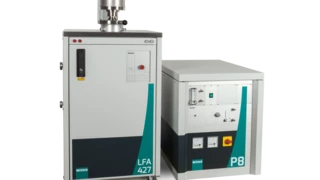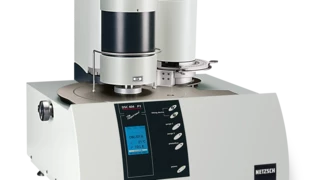
17.10.2022 by Aileen Sammler
Research for a New Primary Energy Source by Means of LFA and DSC
A User Report by Forschungszentrum Jülich (Research Center Jülich), Germany
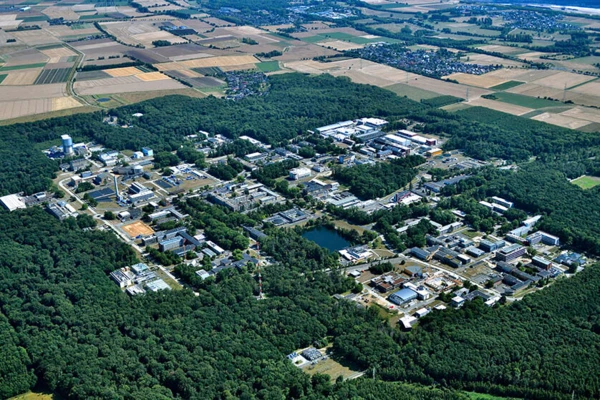
In the course of our anniversary campaign with regard to laser/light flash apparatuses, we are today presenting a report by Forschungszentrum Jülich. The NETZSCH LFA 427 is used here in the High-Temperature Materials Laboratory of IEK-4.
Learn how Forschungszentrum Jülich employs the analyzer toward realizing the application of nuclear fusion for commercial use.
Research for a changing society: With this mission in mind, more than 7000 people are employed at Forschungszentrum Jülich, working on options for a digitized society, a climate-friendly energy system and resource-protecting economies. We combine natural, life and technical sciences in the fields of information, energy and bioeconomy with special expertise in supercomputing and deploy unique scientific infrastructures. As a member of the Helmholtz Society, Forschungszentrum Jülich is one of the major interdisciplinary research centers in Europe. At the Institute for Energy and Climate Research, Plasma Physics Division (IEK-4), the research focus is on topics related to plasma-material interactions. ‘We are part of an internationally networked effort to make power plants based on nuclear fusion a reality. We aim to set in motion on earth the process by means of which the sun and other stars produce their energy, thus providing a safe, environmentally friendly energy supply that will be available over the long term’, the research institute’s website states (Source: Plasmaphysik (IEK-4) (fz-juelich.de))
Let´s learn more about their current research:
In the High-Temperature Materials Laboratory (HML) at IEK-4, a new primary energy source is currently being researched. In ITER1, a fusion reactor that is currently being built in the South of France, and DEMO2, the next step toward future commercial use of nuclear fusion, high thermal loads occur during operation, both stationary (to 20 MW/m2) and transient (in the range of GW/m2 for µs to ms). These require materials and components which both feature high Thermal StabilityA material is thermally stable if it does not decompose under the influence of temperature. One way to determine the thermal stability of a substance is to use a TGA (thermogravimetric analyzer). thermal stability and are simultaneously capable of dissipating the heat correspondingly quickly.
1ITER: International Thermonuclear Experimental Reactor: An experimental nuclear fusion reactor with the long-term objective of generating electricity from fusion energy
2DEMO: DEMOnstration Power Plant: The follow-up project to the ITER nuclear fusion reactor. In the future, it is intended to serve for the development of technologies, control algorithms and physical operating zones.
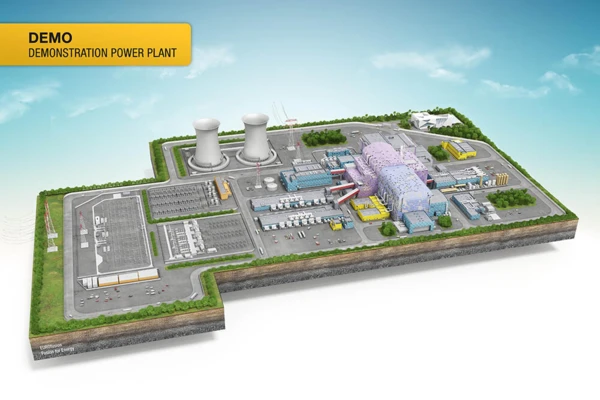
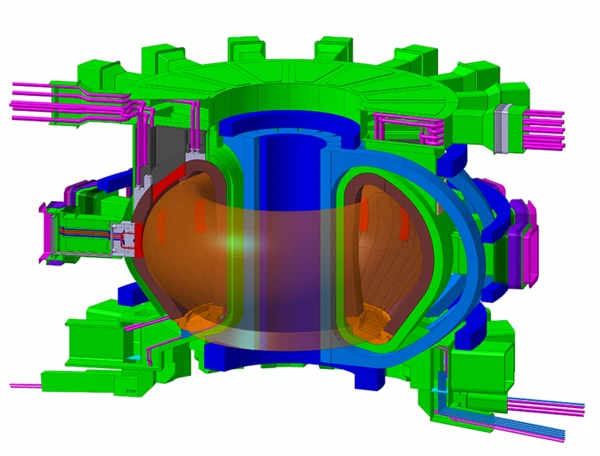
A typical example is the temperature distribution in a divertor component in monoblock design consisting of tungsten, the plasma-loaded material, a CuCrZr tube and an intermediate layer of pure copper to compensate for the different coefficients of thermal expansion of tungsten and CuCrZr.

The High-Temperature Materials Laboratory (HML) of IEK-4 at Forschungszentrum Jülich mainly serves for the characterization and qualification of these materials and components both prior to and following neutron radiation through loading via plasma and electron beam equipment, as well as related post-characterization methods. In the Thermophysics Laboratory of HML of IEK-4, the Thermal DiffusivityThermal diffusivity (a with the unit mm2/s) is a material-specific property for characterizing unsteady heat conduction. This value describes how quickly a material reacts to a change in temperature.thermal diffusivity up to 2800°C is determined with the NETZSCH LFA 427 laser flash equipment and the heat capacity of metallic and ceramic materials up to 1575°C is determined by means of a long-serving DSC 404 C unit as well as a DSC 404 F1 Pegasus®®.
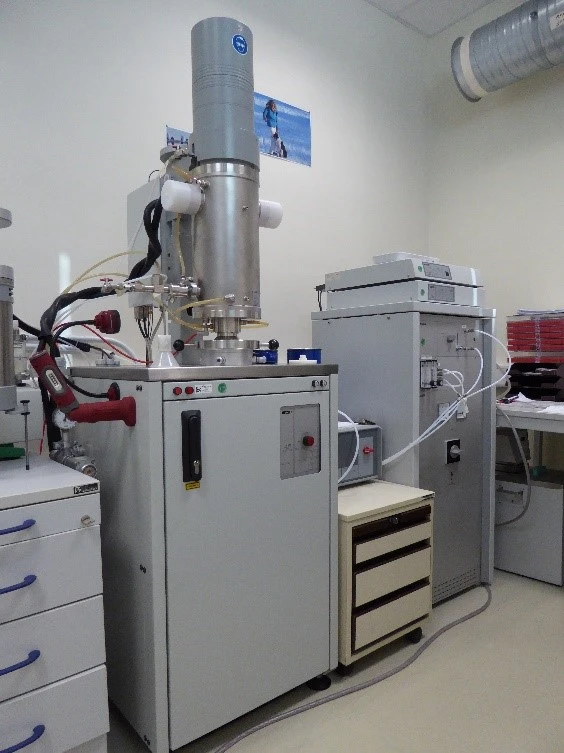
The materials tested range from tungsten alloys and composites to carbon fiber-reinforced carbon composites and graphite felts for applications such as aerospace, to ceramic insulators in the field of turbine blades and toxic materials such as beryllium. Preparations are also being made to additionally offer measurement on low-level radioactive samples in the future, and discussions are underway toward the further expansion of testing possibilities for highly radioactive materials by installing equipment in the hot cell.
The beginning of our collaboration with NETZSCH-Gerätebau GmbH dates back many years. Today, our exchange extends far beyond participation in the thermophysics working group and the execution of round-robin tests - particularly when unusual problems can only be solved by combining our in-house expertise with that of NETZSCH.
Many thanks to Gerald Pintsuk from Forschungszentrum Jülich for this insight into the work of primary energy source research!
We are looking forward to continued successful partnership and collaboration.
